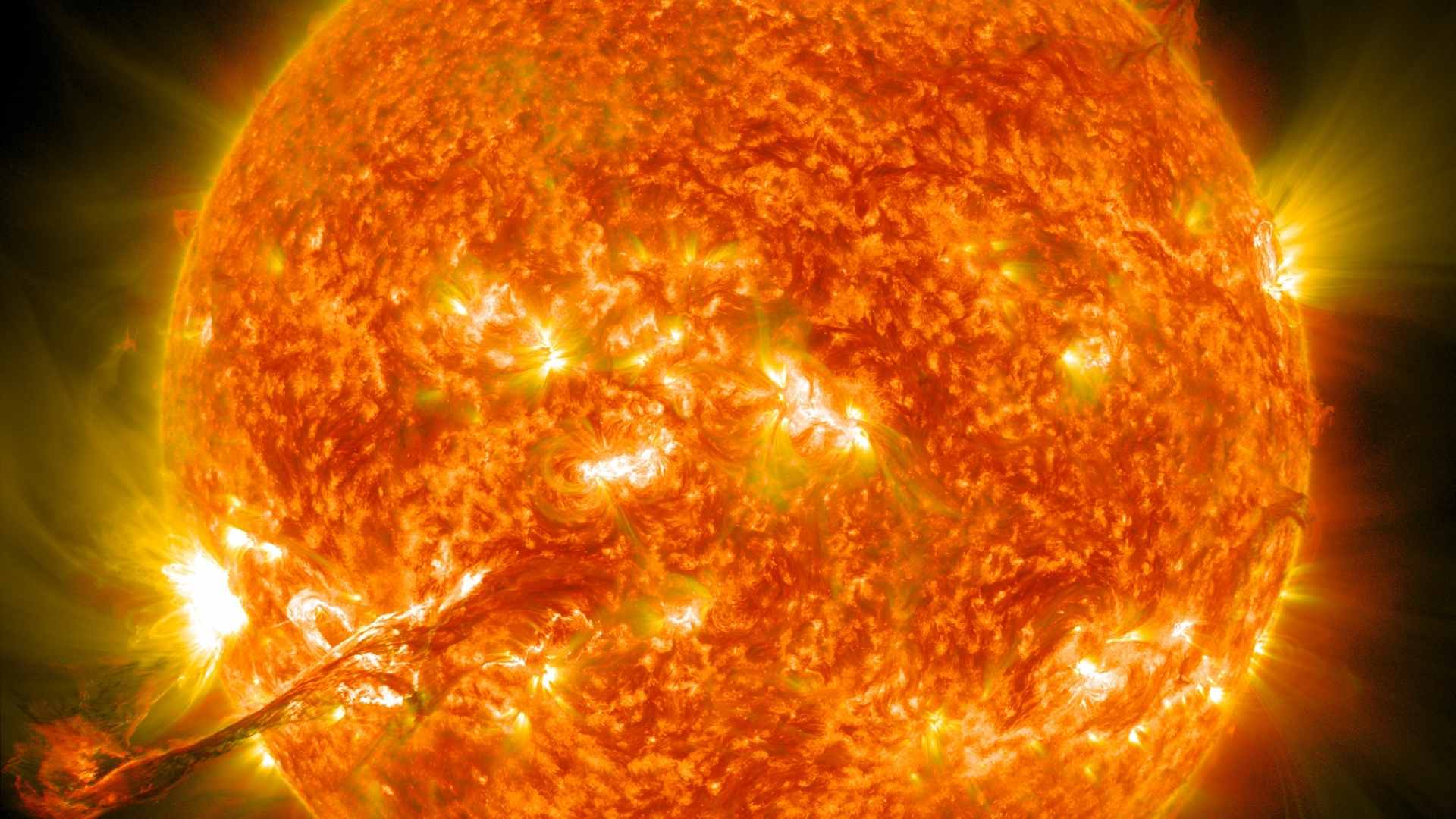Astronomers have identified a massive coronal hole measuring nearly 500,000 miles (around 800,000 kilometers) across on the sun’s surface. The discovery has generated curiosity around potential effects on our planet, from dazzling auroras to minor technology disruptions.
In recent observations, researchers noted that the sun’s magnetic field weakens in certain spots, allowing solar wind to speed toward Earth faster than usual. This phenomenon is known as a coronal hole, and it typically leads to stronger gusts of charged particles flowing through space. So, who should be paying attention to this? Primarily scientists, satellite operators, and curious sky-watchers hoping for a spectacular auroral display.
Why the newly discovered coronal hole on the sun is raising global questions about solar wind impacts
One key reason for concern is how these accelerated solar winds might temporarily affect communications and GPS systems. Although Earth’s atmosphere provides strong protection, stronger currents of charged particles can still create small disruptions in radio signals or trigger subtle power grid fluctuations. Moreover, these solar winds sometimes increase the visibility of northern lights, extending their glow much farther south than usual.
Below is a quick comparison of common solar phenomena:
| Phenomenon | Definition | Potential Impact |
|---|---|---|
| Coronal Hole | Weakened magnetic region releasing faster solar wind | Mild tech disruptions |
| Solar Flare | Sudden flash of brightness from sunspots | Possible radio outages |
As you can see, coronal holes and solar flares may look dramatic, but their direct effects on everyday life are usually limited. Still, it’s always wise to keep an eye on official space weather alerts.
How solar winds from this massive coronal hole could affect telecommunications, power grids, and auroras
The faster stream of solar wind can interact with Earth’s magnetosphere, sparking geomagnetic storms. These storms might cause slight disruptions to power networks or satellite operations, but they rarely pose serious risks to humans. If you’ve ever dreamed of catching a glimpse of the northern lights without traveling too far north, this could be your moment.
Here is a brief list of what might occur during heightened solar activity:
- Potential GPS signal fluctuations
- Minor radio communication issues
- Intensified auroral displays in mid-latitude regions
What you need to know about protecting devices and enjoying the auroral view safely
Experts say there is little to worry about in terms of personal health. The atmosphere shields us from harmful radiation, so any noticeable impact will likely involve technology. If you live in an area where auroras become visible, take the opportunity to enjoy this rare spectacle. Just remember to bundle up if you venture outdoors at night.
In summary, the recent discovery of such a huge coronal hole highlights the sun’s unpredictable nature. Stay informed through trusted sources, charge your devices in case of brief grid fluctuations, and, if you can, find a dark spot to watch the northern lights dancing overhead.

